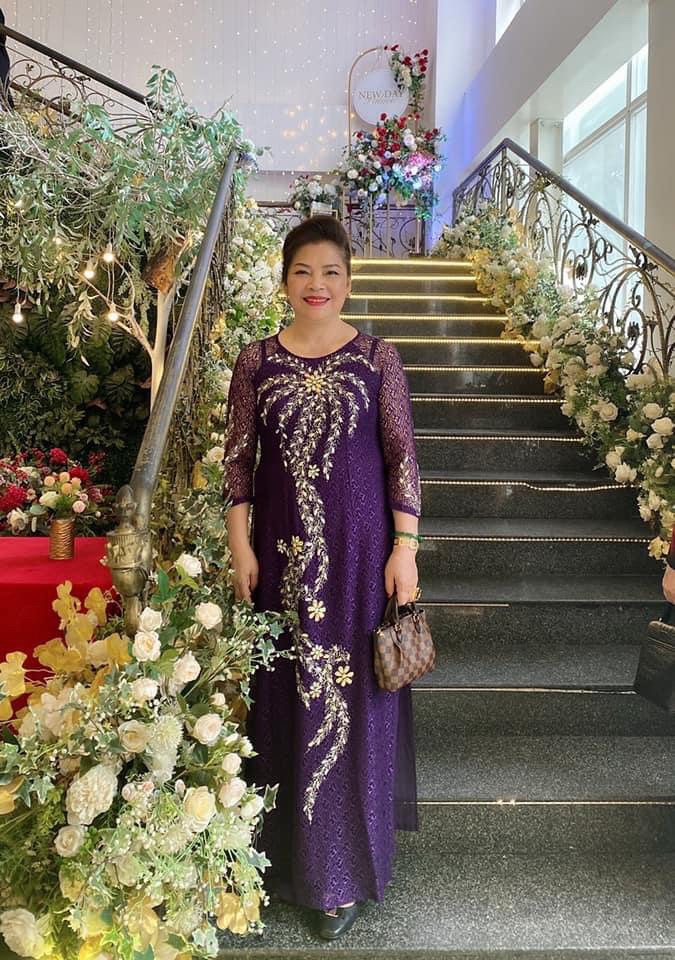Fashion & Memory: Vu Ta Linh
Traditional Vietnamese handicrafts in garment design
“NAM” collection by Vu Ta Linh, 2021. This collection featured upcycled clothing that was transformed into new garments with traditional Vietnamese handicrafts features. Images courtesy of Vu Ta Linh.
“NAM” collection by Vu Ta Linh, 2021. This collection featured upcycled clothing that was transformed into new garments with traditional Vietnamese handicrafts features. Images courtesy of Vu Ta Linh.
Hanoi-based fashion designer Vu Ta Linh has emerged as a figure to watch in the contemporary fashion scene for his use of bridging the gap between heritage and innovation. A graduate of the Hanoi Academy of Theatre & Cinema and Hanoi London College For Fashion & Design, Linh is the creative force behind his eponymous label, VU TA LINH. Known for his unique blend of Vietnamese culture and heritage with modern design sensibilities, Linh’s work emphasizes sustainability and artisanal craftsmanship.
Linh’s work has captured international attention, with his work showcased in Vietnam, Hong Kong, Laos, and the UK. Notably, he won the prestigious Audi Star Creation competition in Singapore in 2013 and the top prize at Designed by Vietnam in 2021. In this edition of “Fashion & Memory,” Linh reflects on the profound influence of his family on his design practice, shedding light on how personal heritage shapes his creative vision.
Vu Ta Linh’s parents. Image courtesy of Vu Ta Linh.
Could you tell me about your family’s background and connection to Southeast Asia?
I was born and raised in a normal family in Vietnam, with both parents conducting basic business, and all relatives living together, from grandparents to parents and children. Our relatives are all neighbours.
How have your family’s cultural traditions influenced how you view fashion today?
Áo dài is the traditional costume for women and the custom-made suit is for men. I saw my father and mother wearing such costumes on important days, so for me, East meets West is an endless source of inspiration when I think about fashion.
What role has traditional Southeast Asian dress played in your family? Were there any specific garments or textiles that were particularly important?
Asian culture and especially Vietnamese heritage are clearly shown through the way of life, and especially through the way of dressing during holidays. Áo dài and quilted shirts have great meaning when we wear them to welcome together the first days of the year, and on wedding days.
Work of Vu Ta Linh, 2021. Image courtesy of Vu Ta Linh.
How have traditional dress styles and significance changed within your family over generations?
Nowadays, I don’t see people in my family wearing traditional costumes anymore. People wear comfortable Western costumes for important days, events, and also for daily wear. However, my family still keeps the áo dài and other traditional clothes as memories and uses them on important and meaningful days.
Vu Ta Linh’s parents. Image courtesy of Vu Ta Linh.
Vu Ta Linh’s parents. Image courtesy of Vu Ta Linh.
How have your family’s cultural traditions/background influenced your creative work or personal style?
My father is a person who loves green trees and my family has a lot of wooden furniture. I myself was raised by my father and the surrounding nature, so my personal creativity as well as my personal style developed closely with nature.
“NAM” collection by Vu Ta Linh, 2021. This collection featured upcycled clothing that was transformed into new garments with traditional Vietnamese handicrafts features. Images courtesy of Vu Ta Linh.
In what ways does your design process incorporate Vietnamese craftsmanship?
I have approached traditional Vietnamese materials since 2005, but it was not until 2010, when I understood the direction of fashion creation, that I applied more indigenous materials into my designs, specifically silk, brocade, and especially brocade fabrics of ethnic minorities. I try to preserve the elements of time, fade surfaces of old materials, preserve patterns, and combine those with contemporary modern materials to create strong contrasts. Patchwork is the technique that I mainly use when combining many materials together.
Vietnamese textiles and materials have a long history. How important are materials in your design process and do you prefer to work with certain traditional fabrics?
The use of traditional materials on modern Western shapes is the method that I use throughout my garment designs. For example, I have made corsets with ethnic fabrics, or traditional five-piece long tops made by mixing a variety of materials.
In what ways do you think fashion can be a tool for storytelling and cultural preservation, especially within Southeast Asia?
I think fashion is one of the powerful visual languages to talk about the culture of an entire nation, and I am happy because of the journey that I have taken, and am experiencing.
For more about Vu Ta Linh and his work, follow him on Instagram at @vutalinhofficial
About the Writer
Faith Cooper is the creator of the Asian Fashion Archive. She graduated from FIT, studying art and fashion history. Under the Fulbright programme, she is researching Taiwanese fashion and cultural identity at Fu Jen Catholic University in Taiwan. To learn more or connect with Faith, please visit her website.







